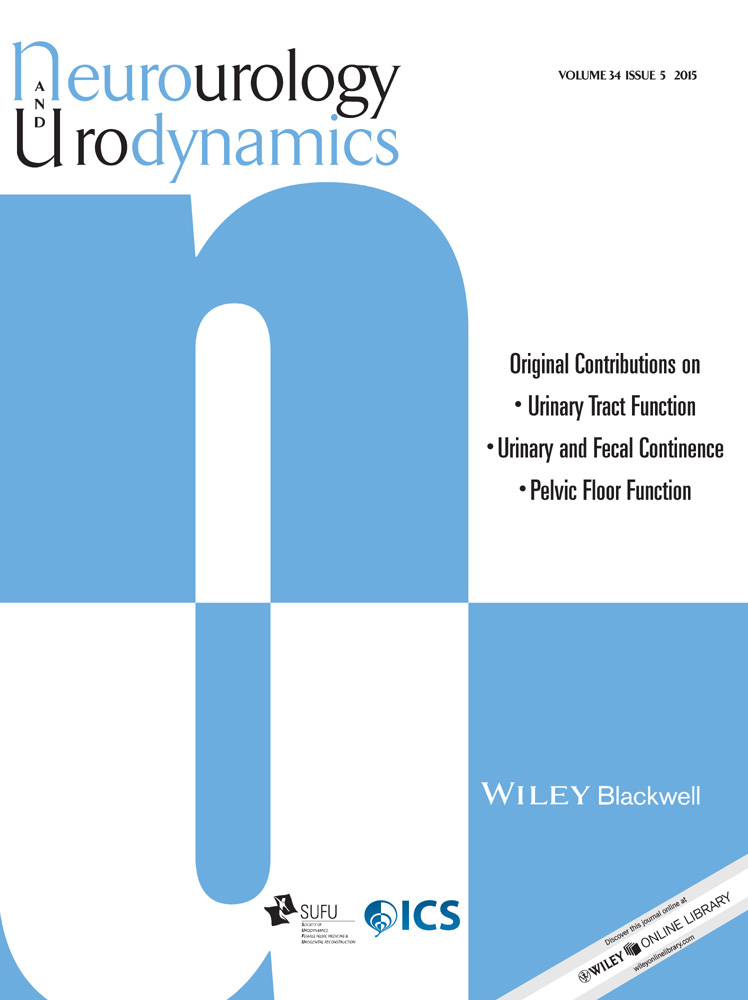Assessment of the urodynamic diagnosis in patients with urinary incontinence associated with normal pressure hydrocephalus
Abstract
Aims
To assess the urodynamic patterns present in patients with adult normal pressure hydrocephalus (NPH) in our institution.
Methods
Retrospectively conducted study on patients diagnosed with NPH by the Neurosurgery Department of our institution, without etiological treatment or urogynecological disorders, who underwent an urodynamic study (UDS) performed according to methods proposed by the International Society of Continence (ICS). Clinical information, complementary tests and UDS were collected, and descriptive analysis was performed, with special focus in urodynamic final diagnosis.
Results
Eighty-one UDS performed between 2003 and 2013. Fifty-one Males (63%). Mean age: 74.89 ± 8.58 years old (range 52–88 years). Classical triad of symptoms: gait disturbance, dementia, and urinary incontinence (UI) presented in 48.1%. Urinary urgency in 80.9% and UI in 70%. In two cases (2.5%) UDS was not valuable. Urodynamic features of the 79 remaining studies revealed overactive detrusor (OD) in 56 patients (70.9%), being associated with Stress UI (SUI) in one case and with bladder outlet obstruction (BOO) in 19. SUI in six patients (7.6%) and BOO in five (6.3%). Detrusor underactivity in four cases (5%) and normal study in eight (10.1%). About 47.1% of males presented BOO. Cerebrospinal fluid shunt surgery was performed on 32 patients during follow-up, with subsequent clinical improvement in 90.6% of them.
Conclusions
OD was the most frequent diagnosis within UDS conducted on adult NPH patients in our institution, with BOO in an elevated percentage of them. Etiological treatment led to symptomatic improvement in most of patients. Neurourol. Urodynam. 34:465–468, 2015. © 2014 Wiley Periodicals, Inc.




